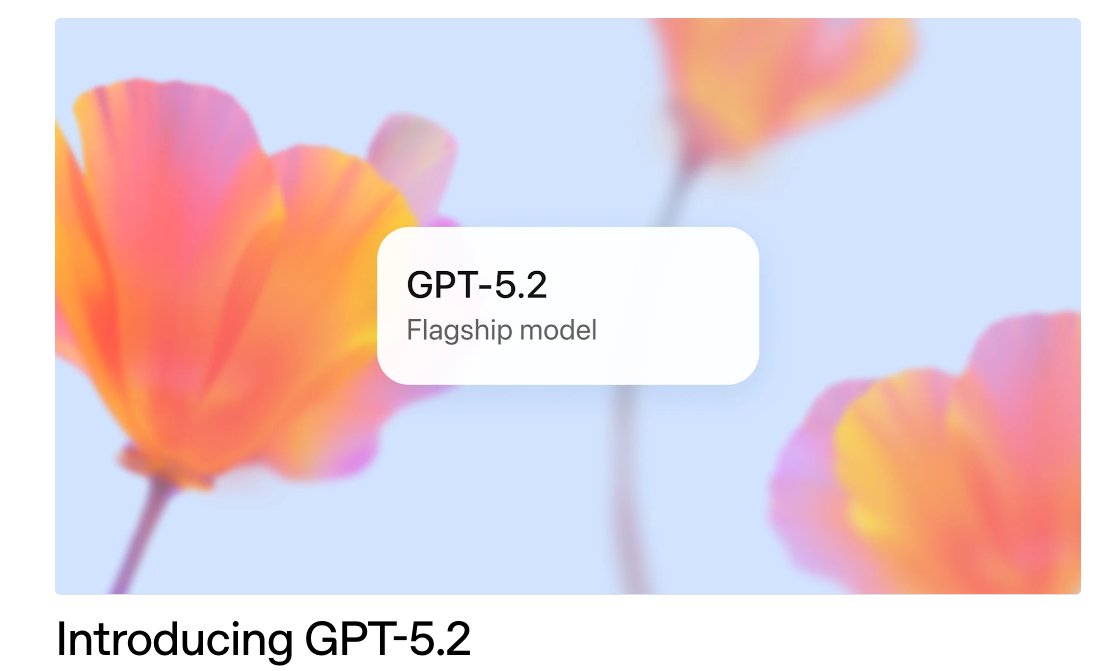Content
EXISTS in SQL Server - Examples & AI Generator
EXISTS in SQL Server - Examples & AI Generator
Writing EXISTS queries in SQL Server can be challenging, even for advanced users. Subquery logic, proper correlation, and performance tuning all add complexity. If you need quick results or frequently switch between databases, memorizing the exact EXISTS SQL Server syntax becomes a chore. AI2sql eliminates manual coding—write your intent in plain English, and get production-ready EXISTS queries for SQL Server in seconds. No coding required.
EXISTS Syntax in SQL Server
How EXISTS Works
The EXISTS operator in SQL Server checks whether a subquery returns any rows. If the subquery returns at least one row, EXISTS returns TRUE—and the enclosing query processes that row.
Used most often with correlated subqueries.
Efficient for testing data presence—not acting on values.
SQL Server-Specific Notes
SQL Server evaluates EXISTS as soon as one matching row is found—no need for
SELECT *vsSELECT 1.Correlated subqueries are common, using main query columns inside the subquery.
EXISTS Examples You Can Generate Instantly
Below are copy-ready EXISTS SQL Server examples for typical business cases. With AI2sql, you can generate variations or complex EXISTS logic instantly—no syntax memorization needed.
1. Find Customers with Orders
2. List Products That Have Been Ordered
3. Retrieve Employees Assigned to Active Projects
Generate EXISTS queries in 10 seconds with AI2sql
Why Use AI2sql Instead of Manual EXISTS Coding
No coding required: Move from natural language to ready-to-run EXISTS queries for SQL Server—skip syntax struggles.
Instant generation: Go from idea to complete SQL code in under 10 seconds, even for advanced patterns.
Cross-database simplicity: Don’t waste time remembering EXISTS differences between SQL Server, MySQL, or PostgreSQL.
Trusted by professionals: Join 50,000+ users across 80+ countries already accelerating SQL generation with AI2sql.
FAQs About EXISTS in SQL Server
What’s the main benefit of EXISTS?
It allows you to check for the presence of related data efficiently—returning as soon as one match is found.
Is EXISTS faster than IN in SQL Server?
For correlated subqueries or large datasets, EXISTS can be more performant, since it stops searching after the first match.
Can I use SELECT * instead of SELECT 1?
Yes—SQL Server ignores the selected columns in EXISTS. Using SELECT 1 is simply a common convention.
Ready to skip manual EXISTS coding and accelerate results? Try AI2sql Generator or Learn EXISTS for SQL Server’s specific syntax. Generate your first EXISTS query—no coding, just results!
Share this
More Articles

TOOLS
GPT 5.2 Has Arrived
Dec 12, 2025

TOOLS
Gemini 3 Pro: Google's 'Most Intelligent' AI Shatters Benchmarks.
Nov 19, 2025

TOOLS
Herramientas de Análisis de Datos: Guía Esencial
Nov 7, 2025

TOOLS
IA para Análisis de Datos: Potencia Empresarial
Nov 7, 2025

TOOLS
Top 5 User-Friendly Self-Service Data Platforms
Nov 6, 2025
